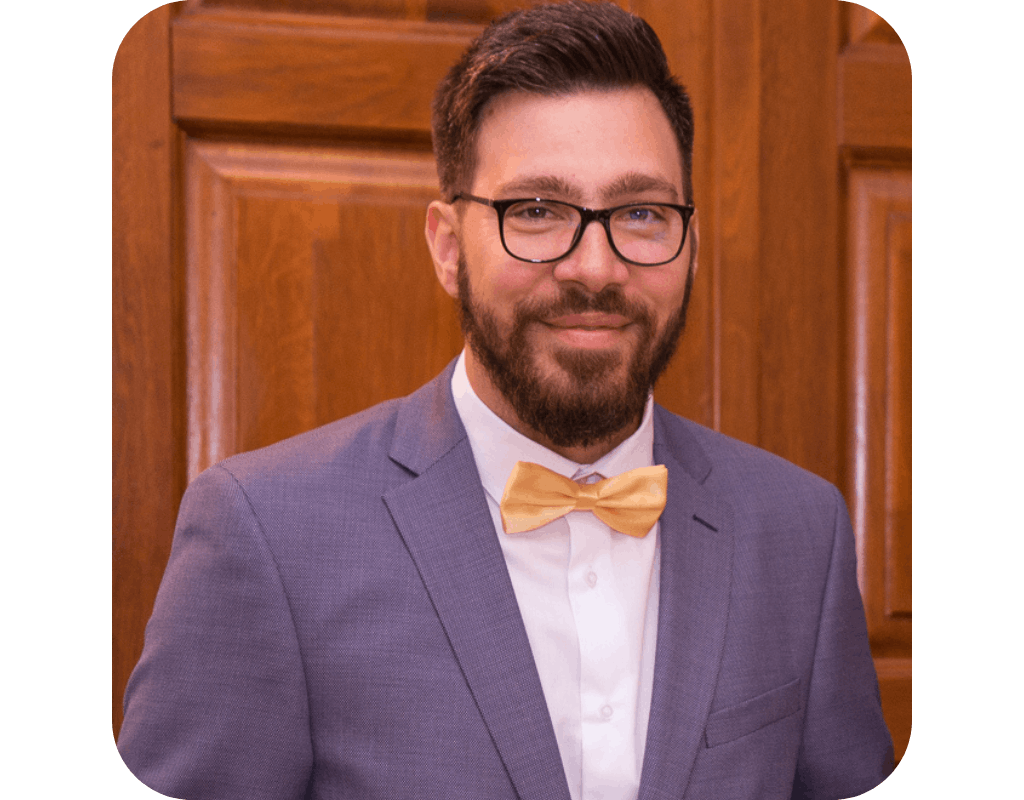If you’re a digital nomad and working as a freelancer, you’re probably already familiar with the “feast and famine” financial cycle: some months when you generate a high income and some months when you barely have enough money to pay the bills.
While in your 20s or early 30s, this might not seem all that bad but ask yourself this: how will you spend your retirement? Will you have enough money to maintain your current lifestyle? (Assuming that your doctor won’t forbid you to drink mojitos, of course.)
If the answer is no (and I’m not referring to the mojitos), then it’s probably time to start thinking about your future and how to start putting some money aside for your golden years.
Here’s how you do it step by step.


